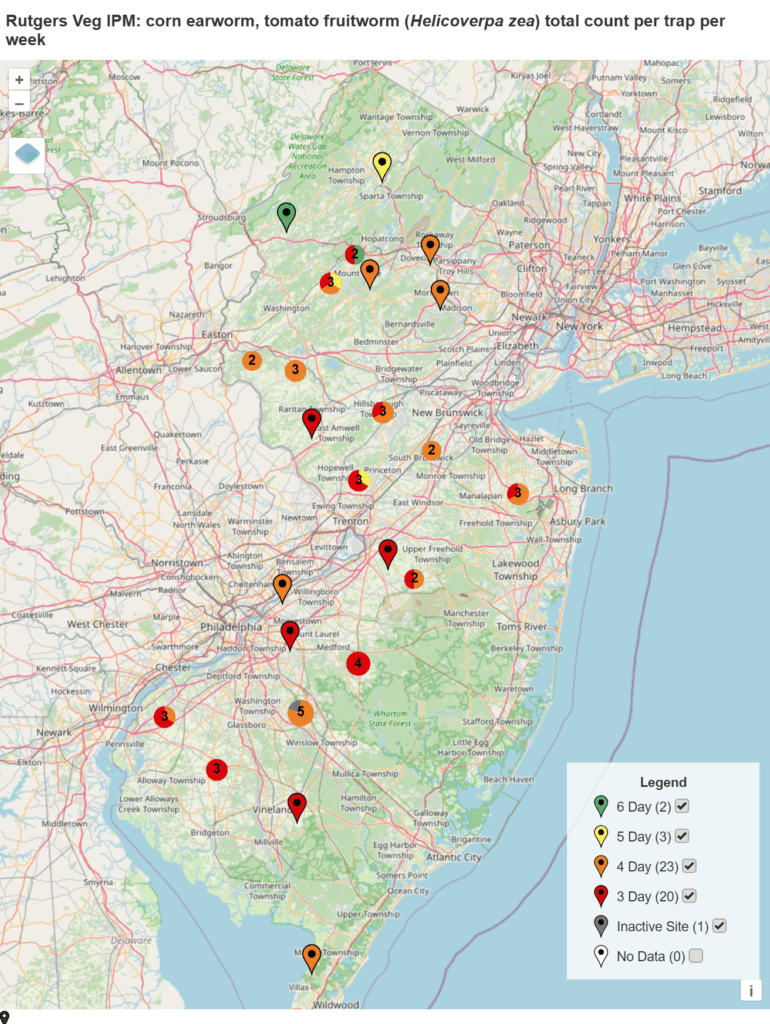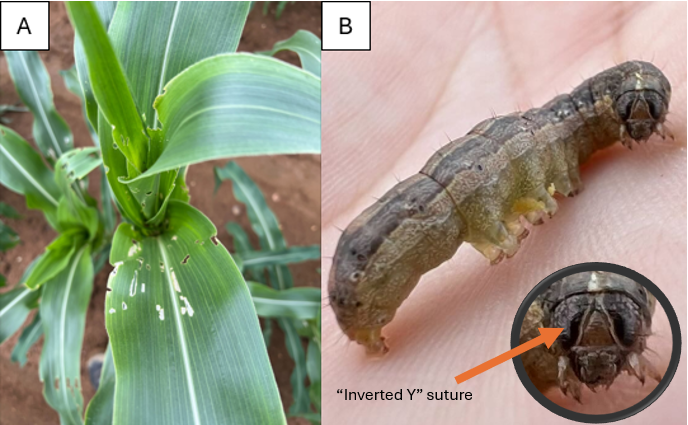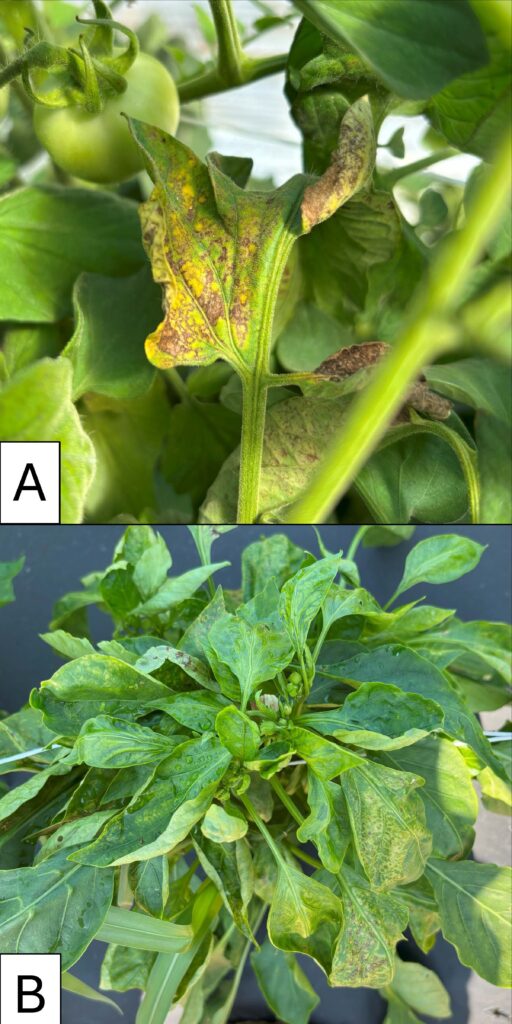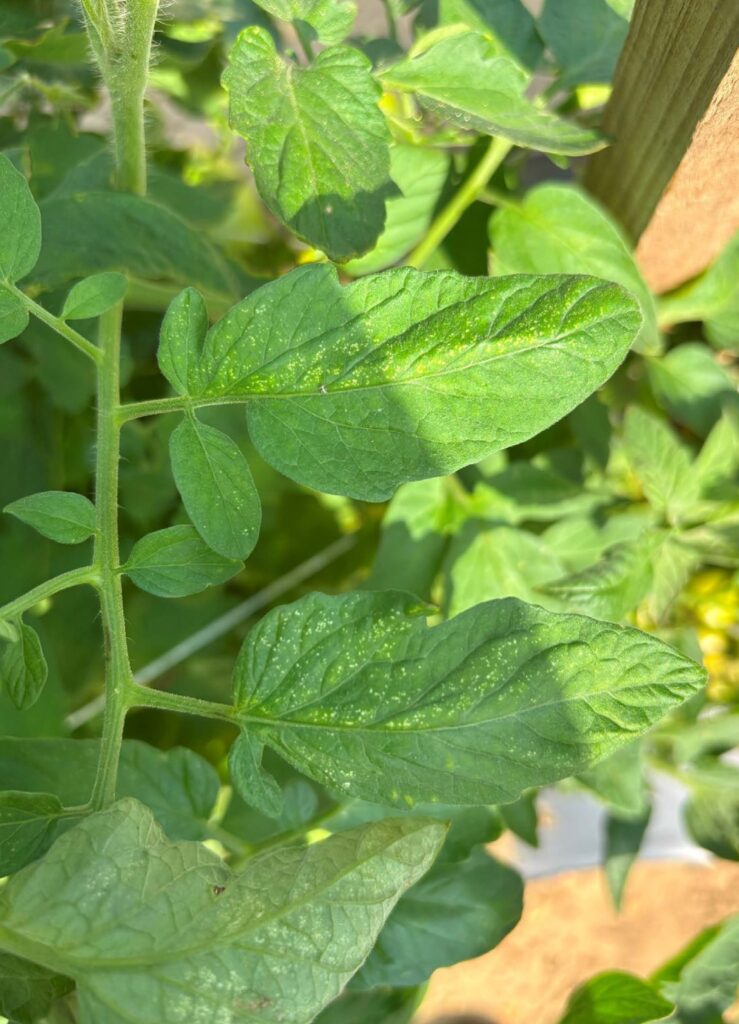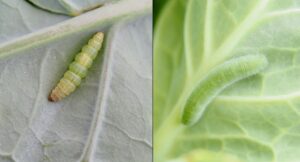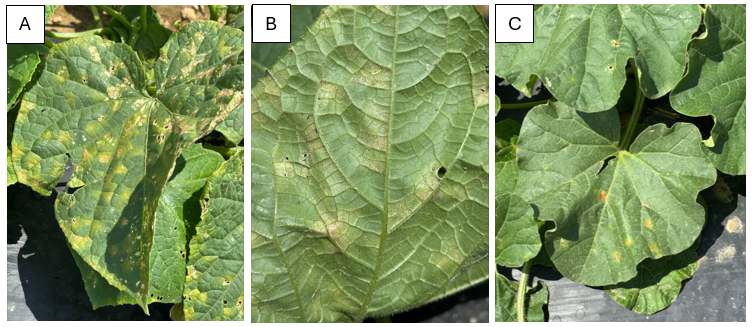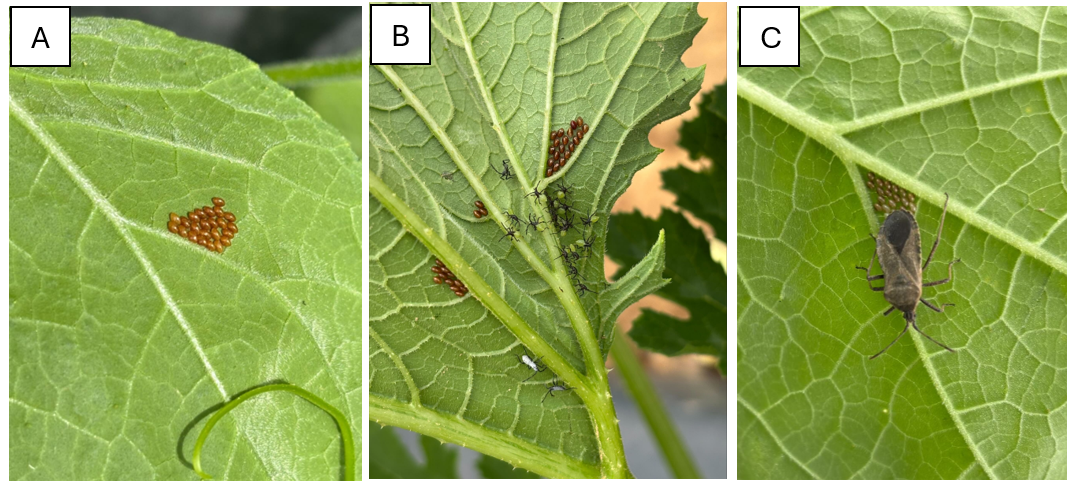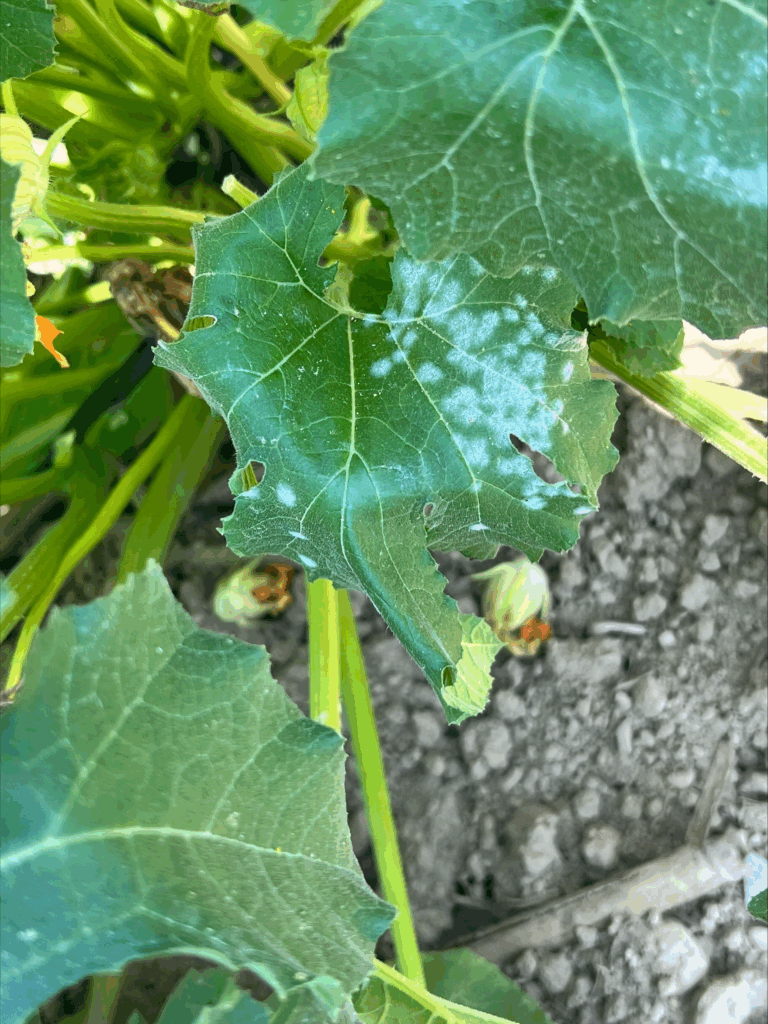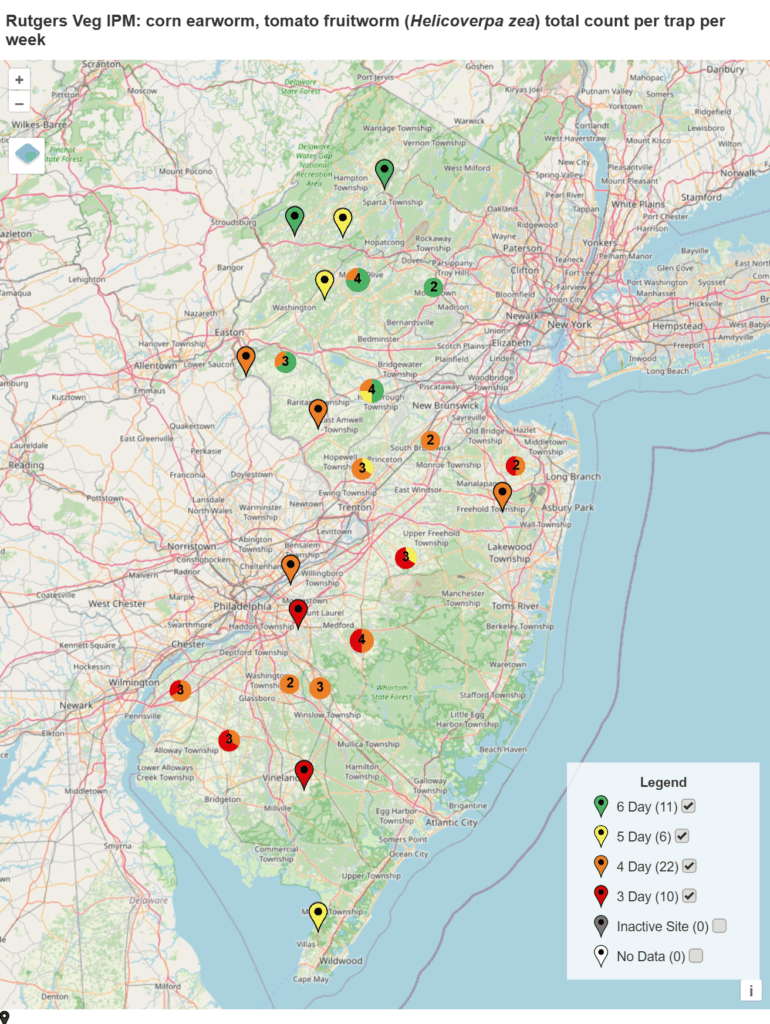Still time to Sign up for the remaining 2025 sessions- Rutgers Ornamental IPM Program
Please visit our new –Rutgers Ornamental IPM Program Website (click here)
Join us for the next session Tuesday 8/26/25
Topics covered:
- 1.Beneficial insect: Dragonflies
- 2. Leafcutter bees
- 3. Fleahopper
- 4. Nostoc
- 5. Nickel deficiency in River Birch
- 6. Tulip tree & Magnolia soft scales
- 7. Douglas-fir needle midge
- 8. Slugs/snails
- 9. Banded ash clearwing moth borer
- 10. Verticillium wilt
Previous webinars:
- Click here for a PDF of August 12, 2025 webinar (Synopsis of the Rutgers Plant Diagnostic Lab services)
- Click here for a PDF of July 22, 2025 webinar
- Click here for VIDEO of July 22, 2025 webinar
- Click here for a PDF of July 8, 2025 webinar
- Click here for VIDEO of July 8, 2025 webinar
- Click here for a PDF of June 24, 2025 webinar
- Click here for VIDEO of June 24, 2025 webinar
- Click here for a PDF of June 10, 2025 webinar
- Click here for VIDEO of June 10, 2025 webinar
- Click here for a PDF of May 27, 2025 webinar
- Click here for VIDEO of May 27, 2025 webinar
- Click here for a PDF of May 13, 2025 webinar
- Click here for VIDEO of May 13, 2025 webinar
- Click here for a PDF of April 22, 2025 webinar
- Click here for VIDEO of April 22, 2025 webinar
- Click here for a PDF of April 08, 2025 webinar
- Click here for VIDEO of April 08, 2025 webinar
